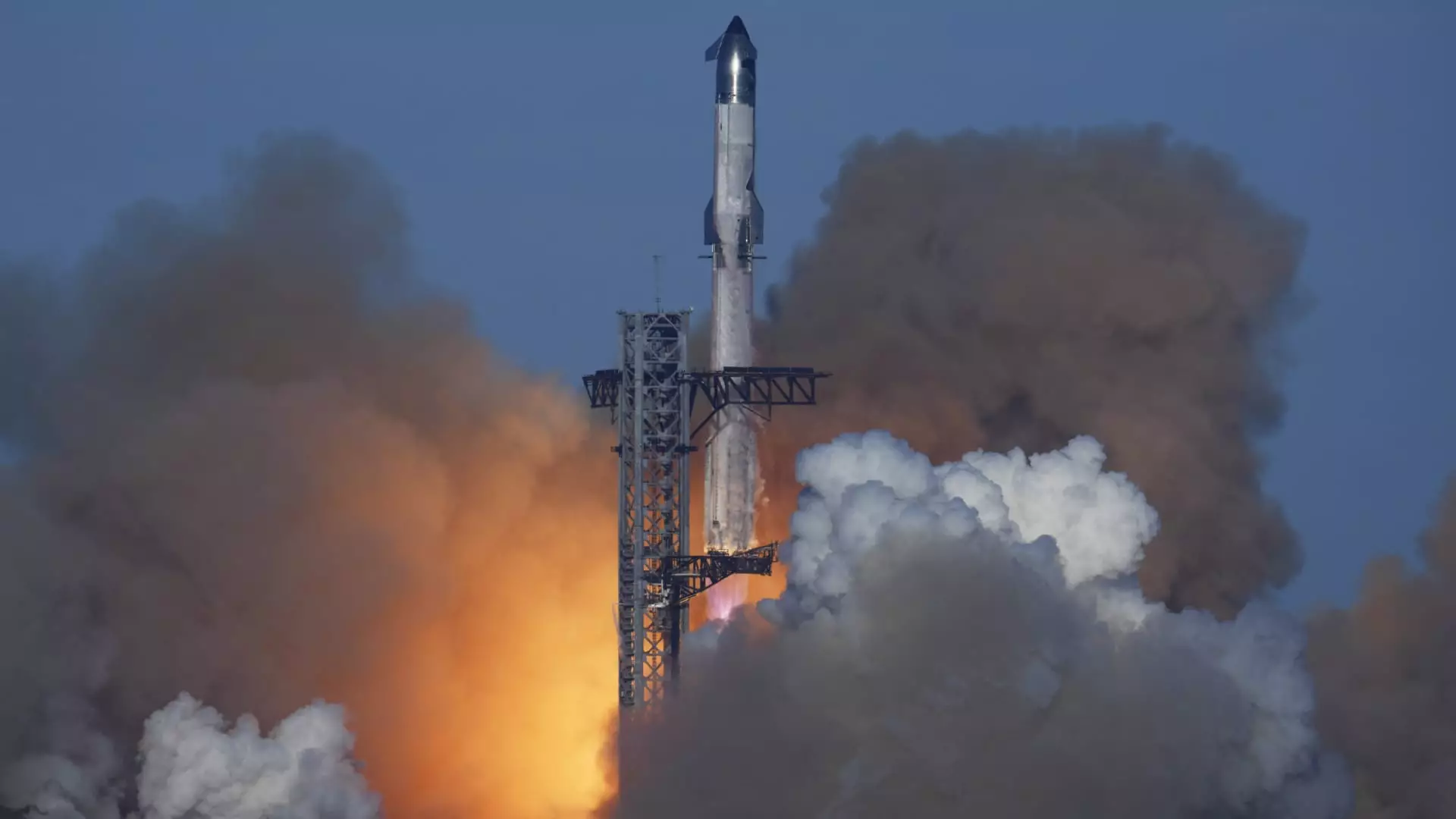In a significant move that has implications for the future of space exploration, the Federal Aviation Administration (FAA) announced that SpaceX’s Starship rocket will remain grounded pending an investigation into a recent midflight failure. This incident, which occurred shortly after the rocket’s launch, resulted in debris scattering over the Caribbean, notably prompting airlines like American Airlines, JetBlue, and Delta to revise their flight plans. Strategic safety measures are now taking center stage as the FAA scrutinizes the events surrounding the launch and its immediate consequences.
While the FAA reported that there were no injuries among the public, the situation was far from minor, as the incident did lead to damage to property within the Turks and Caicos islands. This raises questions about the protocol for risk management in commercial space launches and the responsibilities of companies like SpaceX to mitigate any potential fallout from such failures. The decision to implement a “Debris Response Area” was indicative of the seriousness with which the agency regards air traffic safety, and their proactive tactics showcased a heightened caution in the realm of commercial spaceflights.
After the explosion, SpaceX quickly issued a statement suggesting that the debris fell into the Atlantic Ocean within a pre-established hazard zone. However, this assertion appears to clash with the FAA’s subsequent claims regarding debris safety areas, showcasing an apparent disconnect between regulatory communication and corporate statements. As the investigation unfolds, this misalignment is crucial, as consistency in reports can shape public perception and regulatory scrutiny in future launches. SpaceX’s latest communications refrained from the earlier specific details, suggesting a shift in narrative that may hint at internal reevaluations of how the incident was initially characterized.
Moving forward, SpaceX faces the dual challenge of complying with FAA mandates while also restoring public and regulatory trust. The company is required to thoroughly investigate the cause of the failure and implement corrective actions before being granted a new license for future launches. This points to a broader trend in the commercial aerospace sector where regulatory bodies are increasingly attentive to the risks posed by ambitious space endeavors. The ramifications of this incident emphasize that with great technological ambitions come equally significant accountability measures.
As the industry navigates these choppy waters, the importance of transparent communication between aerospace companies and regulatory agencies cannot be overstated. The implications of this grounding extend beyond just one rocket; they could shape the regulatory landscape for all future space missions. SpaceX’s response and adaptation in light of the FAA’s findings will be observed keenly, not just by regulatory bodies, but also by competitors and the international space community. The journey of Starship is far from over, but its trajectory now rests on the assurance that technology can safely intermingle with public interests.

